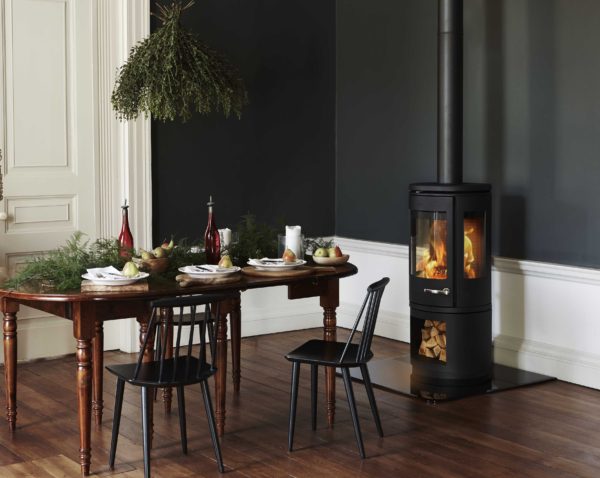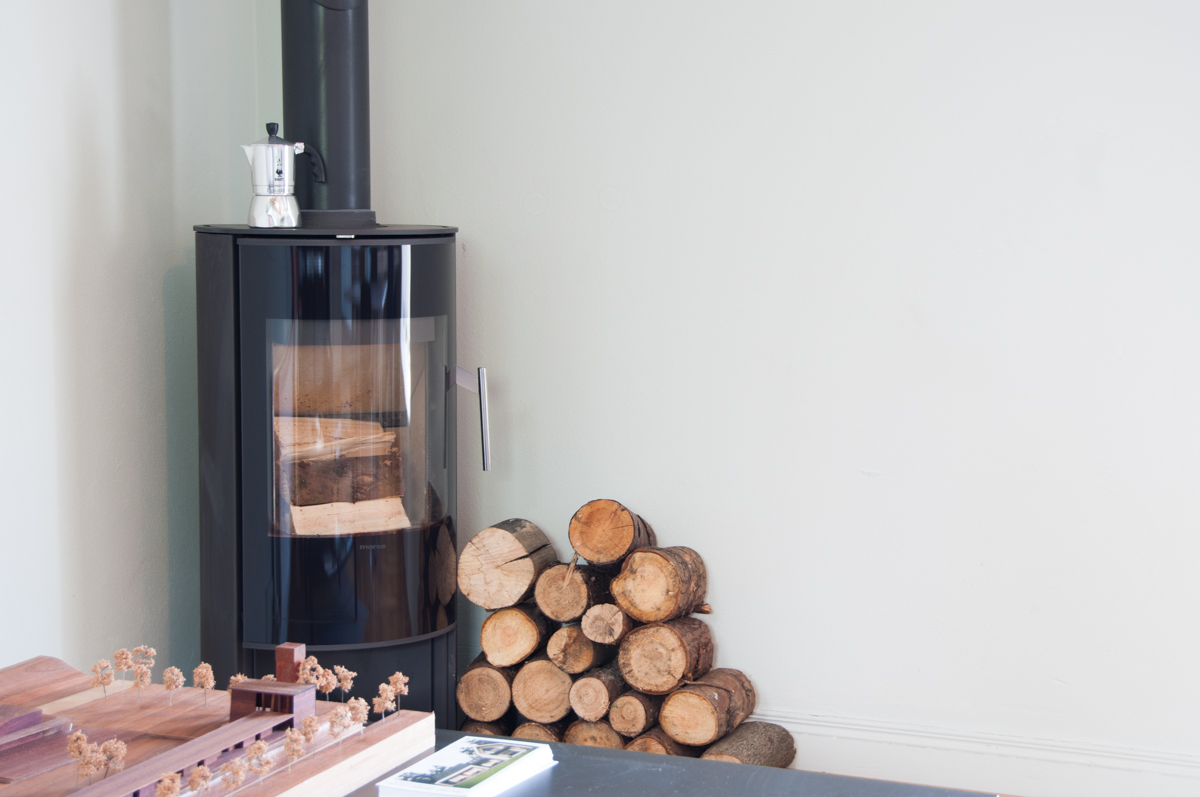Daly preferred technologies – Ryan’s Expert View
A guest blog from Ryan Daley of Daley Renewables – we’ve worked with Daley Renewables on a number of projects, so he’s well worth listening too!
The Daly Approach – How best to spend your money?
At Daly we specialise in a number of heating, ventilation and renewable technologies all designed for new and existing domestic and commercial buildings. We get lots of enquiries for various technologies but in some cases, we see prospective clients focusing on technologies that may not be best suited to them.
This Blog will aim to shed some light on the best approach people should take when designing and building a new home with a view to incorporating various heating and ventilation systems. From 1 to 7 below this is the ranking we have placed on the importance/ relevance of all the areas/technologies we are involved in.
1.Insulation and Air Tightness
Over the last 10 years we have seen numerous approaches to insulating and applying air tightness products to new homes. Some of these have been exemplary and some have been incomprehensible. We would advise going with an architect and builder who are well schooled in this area and can provide intricate detailed drawings on how they will make your home airtight. Make sure all this detail is on your working drawings before you go out to tender. In some cases, we are happy to provide our recommended airtightness specification if we are your chosen heating & ventilation contractor before going out to tender. Making a home airtight is not rocket science and is the foremost step in creating a low energy home. We have had clients in the past spending thousands on the best triple glazed windows on the market and not aware that they should have the frame taped to the block/ timber frame. Going with a trusted timber frame company is safe bet as they will guarantee a certain air tightness result for your new build. See photos below of some good and bad examples we have seen over the years!


2.Ventilation System
“I have not budgeted for this. I will just open the windows to get some fresh air”. That is fine. We have no issue with doing this. But…..Why put 150mm insulation in the floor, go triple glazed windows and have a 200mm cavity wall to keep heat in and then shoot yourself in the foot by having to open the window to let fresh (cold winter) air in?! Put simply if you are not going down the route of a good mechanical ventilation system we would say what is the point of having great insulation, air tight tapes etc. Click here to read our blog on various options for ventilating your home. You are encouraging the risk of condensation and mould growth without a constant change of air. Here you can read a blog from our suppliers’ website and it is well worth a read to find out the merit of effectively ventilating your home.
3. Underfloor Heating
“It is hard to control, we can never get the temperature right and we have high oil bills”. Underfloor heating has had mixed reviews over the years and rightly so. At Daly we understand how the system should be designed to ensure the home is heated to a constant comfortable temperature at extremely low running costs. In our experience we have seen low temperature underfloor heating systems being installed with high temperature gas and oil boilers and if the incorrect controls are adopted the home owner can end up confused on how best to run it, how to set the controls and can have temperature overshoots forcing them to panic and turn the system off. The key for us is that the smart control is all done for you with our intelligent weather compensated controls (we use an outdoor sensor to monitor the outdoor temperature and adjust the flow temperature to the underfloor heating system) which means customers should never have to tinker with the controls. The correct level of heat they require is there for them 24/7 and they do not have to fiddle with controls in order to achieve this.
4. Heat Pumps
At Daly our specialist subject is heat pumps. We understand how they work and we are very passionate about their benefits. A heat pump will give you the lowest running costs over any other heating system as it gets 75% of it’s energy from the surrounding ground or the air outside in the case of air source, making them 4 to 5 times more efficient than a gas or oil boiler. We find that clients choose to go for this system because they understand the technology, they understand that they will be living in a house with very low running costs for the lifetime of the house and they have a house which is very comfortable to live in and which has hot water on demand, all with virtually no maintenance. By doing all the air tightness and insulation measures you are creating a low energy home and a low temperature heating system will be suited
perfectly to this type of building, especially if you have underfloor heating which is a low temperature heat emitter. The both systems combined are a perfect fit. You also will only have one Utility Bill, electricity, meaning less bills to pay plus you are safeguarding against future oil price spikes. With the electric vehicle market building fast momentum, a heat pump will fit in nicely in the all-electric world which we are headed towards, where more power than ever is being generated from renewable resources. The 8th June 2017 was a momentous day in the UK as renewable sources of energy generated more electricity than coal and gas for the first time. Without any grant assistance heat pumps will have the quickest payback over any other renewable technology.
5. Solar PV
Solar Photovoltaic Systems works by generating electricity from panels (typically 14 or 16) on a roof or ground mount frame from DC power which is used in the property after an inverter is used to convert the power from DC to AC. An average system will generate 3,300 kwh per annum. If all of this is used in the home this would save £502.00 each year (based on electricity price of £0.145p/kwh + 5% VAT). Similar to heat pumps, they require little if any maintenance which is a major benefit to the system. With the battery storage market on the horizon the dawn of self-consumption and zero energy bills will be here in the not too distant future. Our Ecoforest ground source heat pump suppliers are close to launching a very innovative product, their E System, which will automatically trigger the heat pump to come on to produce heat and hot water when there is excess energy being generated from the PV System. When the heating and hot water system is satisfied, it will then offload the solar energy into an incorporated battery to be used for the other domestic appliances in the house. The benefit of this is that the battery lifetime will be longer as the heat pump electrical energy is not coming from the battery as it gets first priority.
6. Solar thermal
Does it still have its place? We have seen the first hand the benefits of this system but are conscious of the design considerations. The correct sizing of a solar thermal system is vital to the efficiency and longevity of the system. Free hot water (up to 65 degrees during summer months) for showers and bathing for 6 to 7 months of the year means that customers who opt for this system never regret having it installed.
With Solar PV Systems having increasing demands from our modern homes with the onset of heat pumps and electric vehicles, there may be less time to heat up our all-important hot water for showers! This is where the solar thermal panels (typically 2 panels) come in to their own. Even having it taking the chill out of the water in the Winter means the Solar PV system, which is producing less power during these months, has more time to dedicate to the domestic electrical appliances in the home without having to worry about heating water.
7. Central Vacuum Systems
Central Vacuums complete the healthy living environment cycle. On top of the bonus of spending 30-40% less time vacuuming, the dust that is removed greatly alleviates symptoms of asthma or allergy sufferers. It works by removing dust and exhausted air to the power unit, stored in your garage or utility room so that it is not re-circulated in the home. Not essential to have but can you imagine hoovering without having to lift even a Henry around the house. Ahh….

